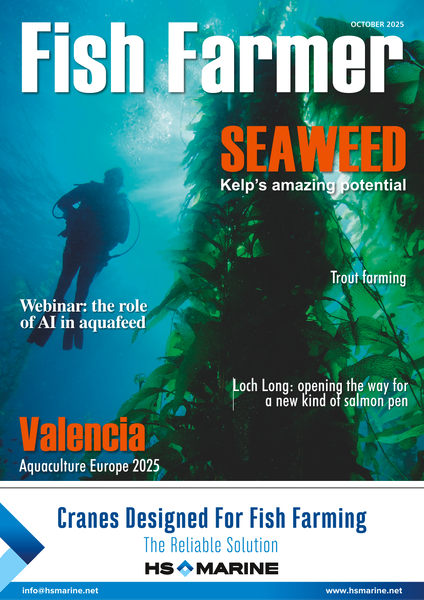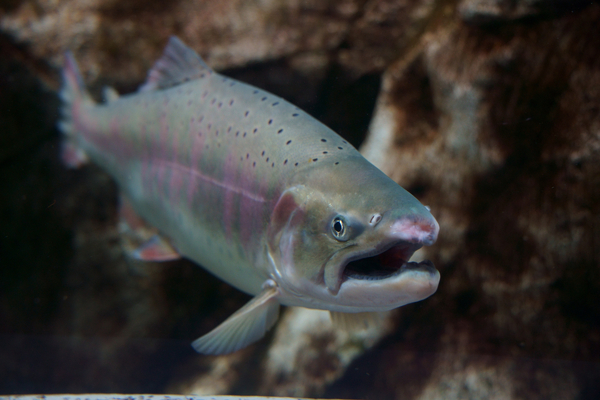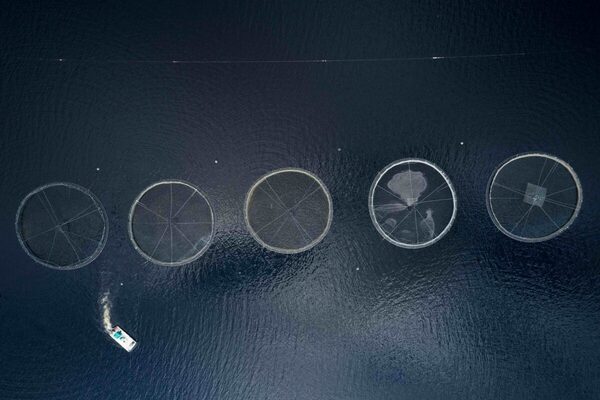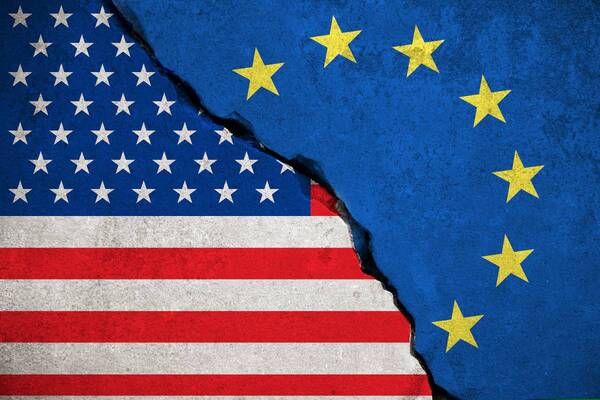Two worlds of aquaculture
Aquaculture has become a vital pillar of the global food system. According to data from the Food and Agriculture Organization (FAO) in 2022, more than half of the fish we consume today comes from farming rather than wild capture. With the challenges of climate change, environmental degradation and a growing world population, aquaculture is increasingly viewed as a key answer to sustainable food security.
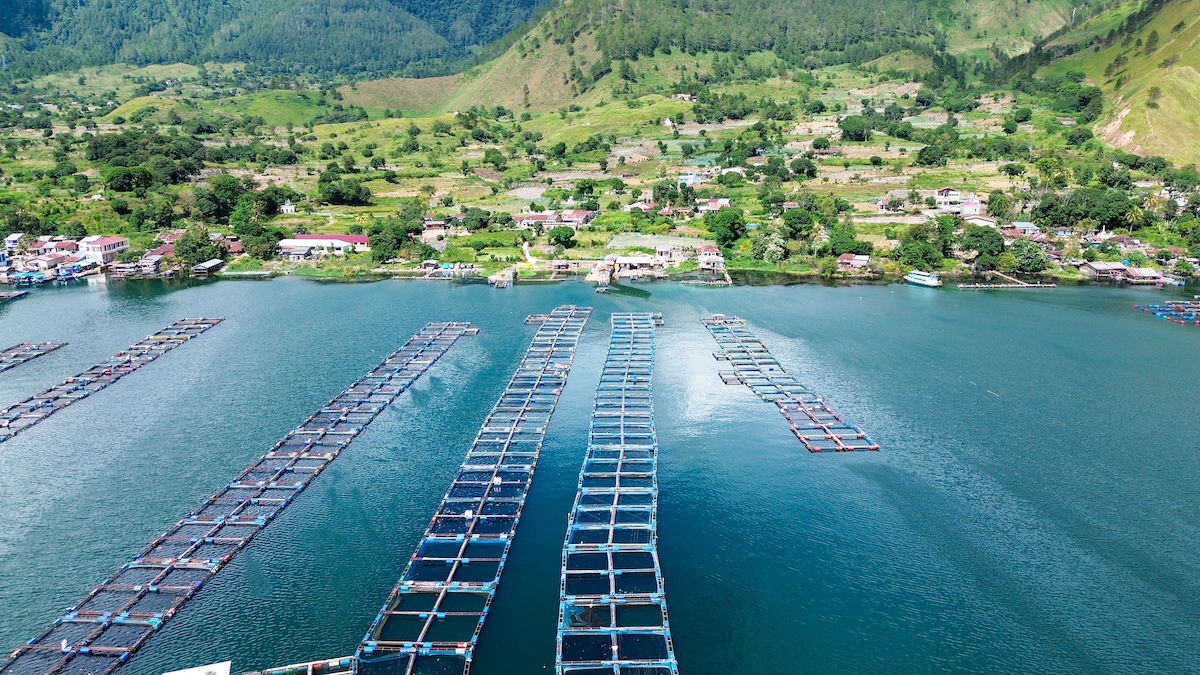
Indonesia and Scotland both play significant roles in this field, though with very different faces. Indonesia is known for its diversity; shrimp, tilapia, catfish, seaweed, and even ornamental fish, while Scotland is almost synonymous with just a few species, notably premium trout and salmon, consumed domestically and exported worldwide.
For me, as an Indonesian who has only recently stepped into the world of aquaculture in Scotland, these contrasts feel striking. In Indonesia, aquaculture is deeply rooted in the lives of coastal and rural communities, often practised as a family side business. In Scotland, however, aquaculture has emerged as a modern, regulated industry integrated into the global market.
Indonesia is one of the world’s largest aquaculture producers. With more than 80,000 kilometres of coastline, the country possesses extraordinary natural wealth. Whiteleg shrimp (Litopenaeus vannamei) and black tiger shrimp (Penaeus monodon) are the main export commodities, while freshwater fish such as catfish, tilapia and pangasius cater to domestic needs. Indonesia is also a global giant in seaweed, supplying raw materials for food and pharmaceutical industries.
Yet behind these impressive numbers lie compelling human stories. In many villages, aquaculture serves as a lifeline during difficult times.
Heru Winarto, a fish farmer and fisher from Kediri, began his journey in 1986 while he was still in school. He raised catfish and tilapia to support his family’s economy, later shifting to ornamental fish such as betta (also known as Siamese fighting fish) and koi.
“Betta fish became a favourite because they required little capital but could fetch high prices, even millions of rupiah, if they had unique patterns,” says Winarto.
What began as a side business eventually made Winarto well-known; his products reached markets as far as Jakarta and Bali. Today, he continues to mentor other farmers voluntarily, both online through his YouTube channel Heru Tirto Fishing and offline, showing how Indonesian aquaculture often grows through community spirit and self-taught learning.
In the coastal region of Rajabasa, Lampung, a different story unfolds. Meita Saniyyah Ubay, a fisheries extension officer, explains that many locals still depend heavily on wild capture fishing.
“Farming, especially shrimp, is usually done as a supplementary source of income,” Ubay explains.
Government support through fisheries departments ranges from seed distribution and disease control to bank facilitation, but such assistance is easier to access for groups rather than individuals. This reflects a typical Indonesian pattern: aquaculture exists in many forms, from small family-run ventures to large corporations, yet challenges in outreach and regulatory consistency remain.
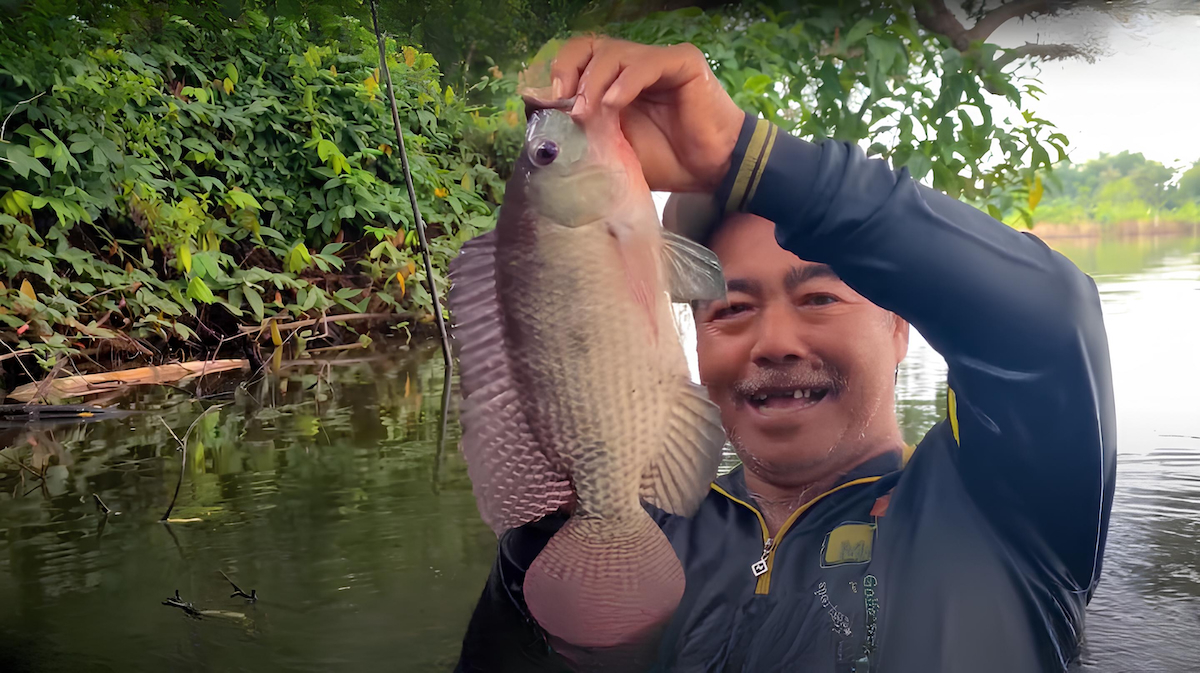
Aquaculture in Scotland: salmon, regulation and sustainability
If Indonesia represents a mosaic of species and farming scales, Scotland is the image of concentration. Almost the entire value of aquaculture here comes from Atlantic salmon, with only small contributions from trout, mussels, oysters and seaweed. As Andrew Davie, Partner and Head of Aquaculture at Aquascot, explains, although the industry has developed only over the past 50 years, it has become the backbone of rural economies and the UK’s largest food export.
What sets it apart is not only the species farmed but also the way the sector is managed. Scotland places regulation and standards at its very core. The industry must meet strict requirements on fish welfare, environmental impact and engagement with local communities. Third-party certification and consumer transparency are key to maintaining market trust.
Davie also describes how the sector operates. He emphasises that Scottish aquaculture fulfils multiple roles at once: providing nutritious, low-carbon food, supporting local economies and creating jobs in remote areas.
“Farming successfully in our changing climate is the biggest overall challenge facing our sector in my view,” he notes.
Yet he remains confident in the industry’s adaptability, highlighting technological innovation and effective production strategies as crucial for long-term sustainability.
Davie further explains that aquaculture in Scotland was initially imagined as a small part of rural farming portfolios, similar to how many Indonesian families treat aquaculture as a household endeavour. Over time, however, the sector grew larger, integrated and consolidated into a modern industry with global standards.
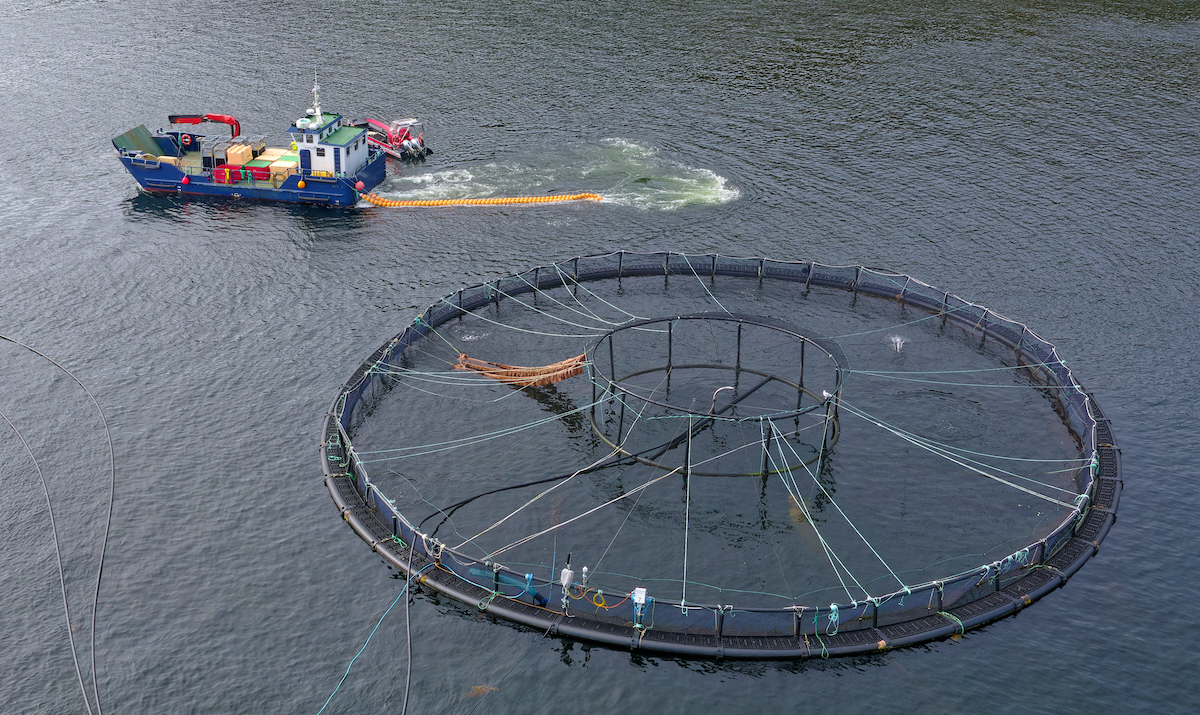
Key differences: between community and industry
When comparing the two contexts, several key differences stand out:
1. Scale and structure
• Indonesia: Highly diverse, dominated by small-scale farmers, many treating aquaculture as a side business or even hobby.
• Scotland: Concentrated in large companies focused on one main commodity, salmon.
Regulation and public trust
• Indonesia: Regulations exist but are unevenly implemented, especially for smallholders.
• Scotland: Strict regulations and certifications uphold transparency and environmental standards.
2. Technology and innovation
• Indonesia: Innovation exists but often remains localised and resource dependent.
• Scotland: Advanced technology adoption, from sensors to automated systems.
3. Social identity
• Indonesia: Aquaculture is intertwined with family and community identity, sometimes even expressed as an art form in ornamental fish farming.
• Scotland: Aquaculture is a vital industrial sector with an identity tied to national economic performance.
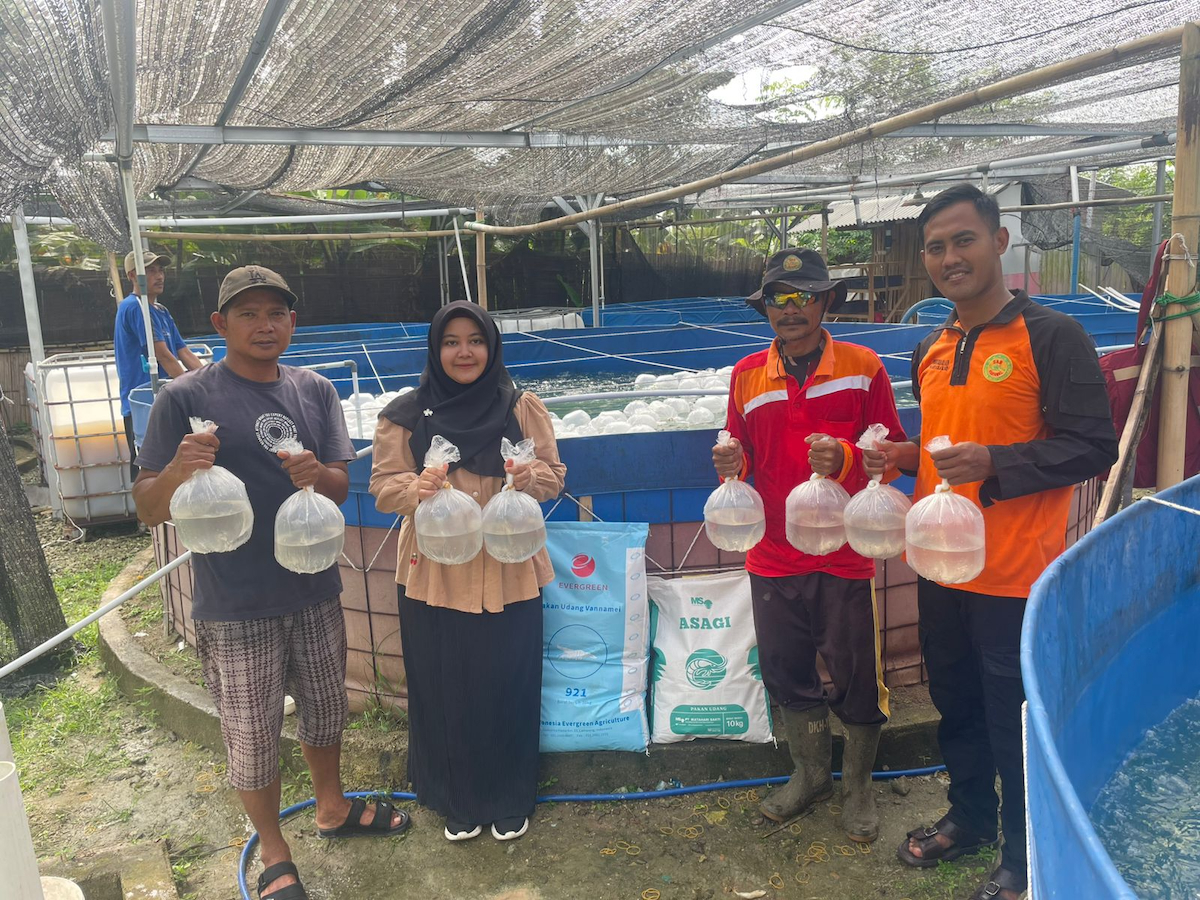
Reflections and opportunities for collaboration
For me, this experience has been eye-opening. From Scotland, Indonesia can learn about the importance of regulation, product traceability and fish welfare standards. The use of digital technologies and scientific approaches in farm management could enhance competitiveness while ensuring sustainability.
But Scotland, too, has lessons to draw from Indonesia. The diversity of species and the close connection between aquaculture and communities provide resilience that a monoculture system lacks. Locally driven innovation, such as Heru’s, demonstrates how creativity can thrive even with limited resources.
The closing message I took from Andrew Davie feels particularly relevant: knowledge exchange is key. Cross-country and cross-scale dialogues reveal that the challenges faced are, in many ways, similar. Whether a salmon farmer in the Highlands or a betta breeder in Kediri, both are seeking ways to feed the world responsibly.
Aquaculture in Indonesia and Scotland may appear worlds apart, yet both are threads in the same global tapestry. Indonesia offers diversity and community resilience, while Scotland brings regulatory discipline and technological innovation. From my journey, spanning tropical ponds to cold lochs, I have learned that aquaculture is not only about fish, but also about people, communities and the future of our food.
By bridging these two worlds, we can uncover not only differences but also common ground, a space for collaboration to build aquaculture that is more sustainable, inclusive and resilient in the years to come.
Annisa Dinulislam is a freelance writer and content creator. She has an MSc in Sustainable Aquaculture from the University of Stirling.
Why not try these links to see what our Fish Farmer AI can tell you.
(Please note this is an experimental service)
